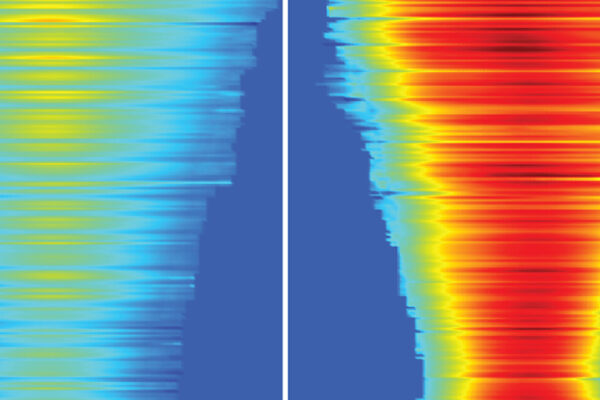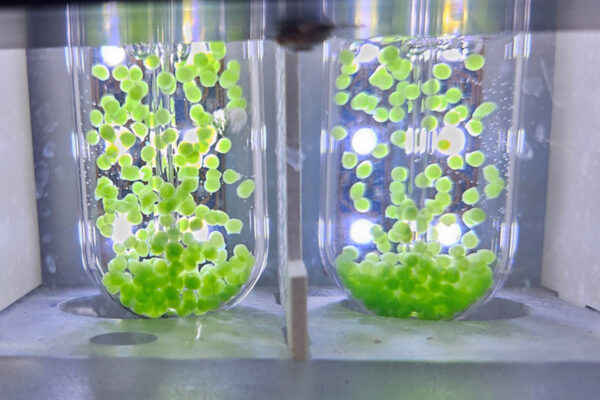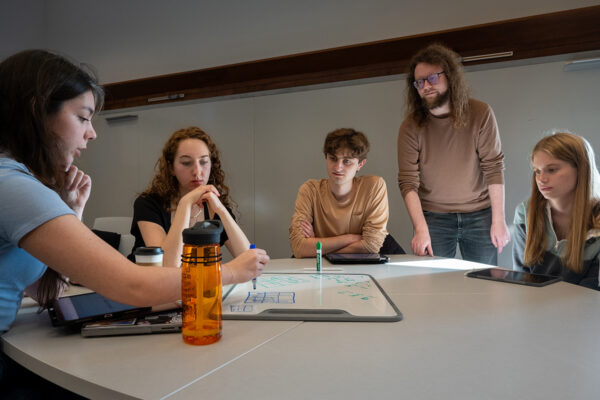Novel learning method proposed for generative AI in challenging environments
With support from the U.S. Department of Defense, a team of WashU computer scientists is working to improve generative artificial intelligence for use in inaccessible, remote or embattled environments.
Berkland named inaugural Mark and Becky Ruhmann Levin Professor
Cory Berkland has been named the inaugural Mark and Becky Ruhmann Levin Professor in the McKelvey School of Engineering at Washington University.
Engineering better sleep
Washington University researchers plan to use advanced math to better understand and control biological systems, specifically our body’s internal clock, possibly leading to better treatments for sleep-related issues.
May the force not be with you
Researchers at the McKelvey School of Engineering have turned an age-old assumption about cell force on its head. Their work, published in PLOS Computational Biology, has implications for how cancer spreads and wounds heal.
WashU engineer reaffirms century-old modern theory of lift
WashU engineer David Peters has developed a fresh approach to reaffirm classical airfoil theory.
Grant will fund development of vaccines to prevent dementia
Researchers at Washington University are looking to find new ways to design vaccines to protect against inflammation in the brain that causes dementia.
Scientists collect ‘microbial fingerprints’ found in household plumbing
Environmental engineers at Washington University are working to document the microbial populations that live in household plumbing.
Researchers aim to develop space biomanufacturing
Researchers at Washington University are working to develop an anaerobic digestion process using cyanobacterium to grow food in space.
Data processing at the speed of light
Photonics researchers at Washington University received a federal grant to overcome a data processing bottleneck with integrated photonics.
Engineering students take on social choice
Students in the social choice systems class at Washington University are learning about design challenges in social choice systems like redistricting.
Older Stories









